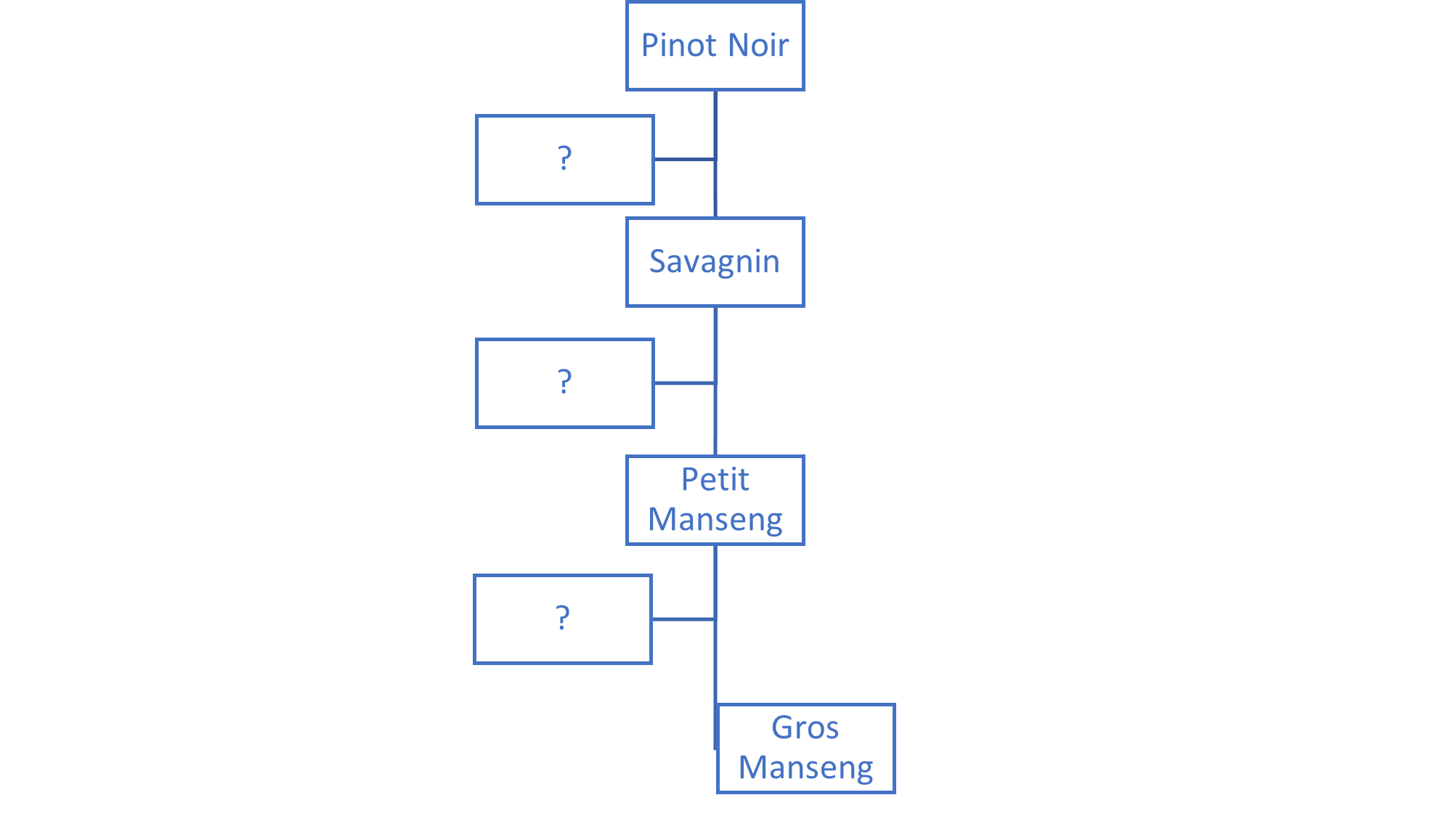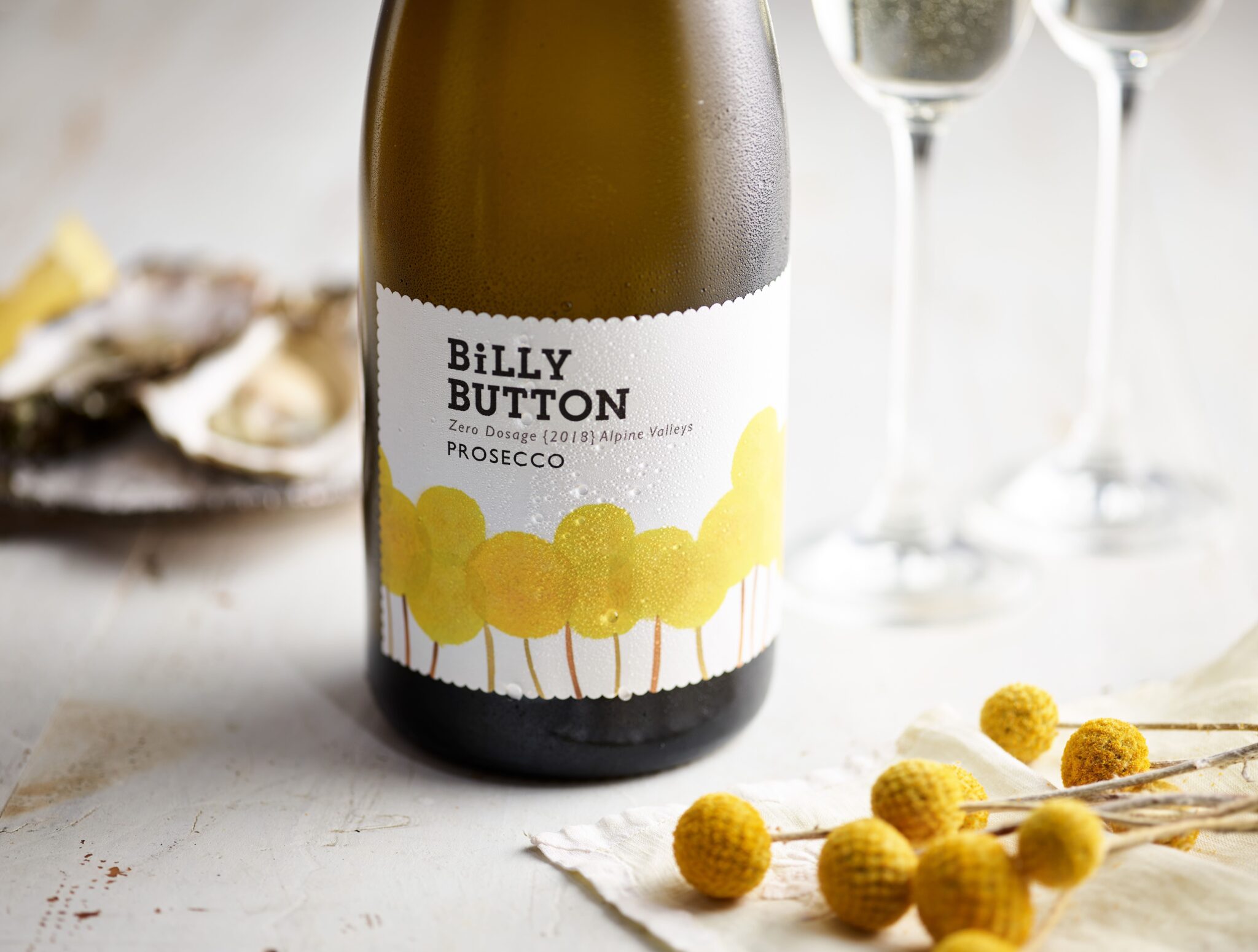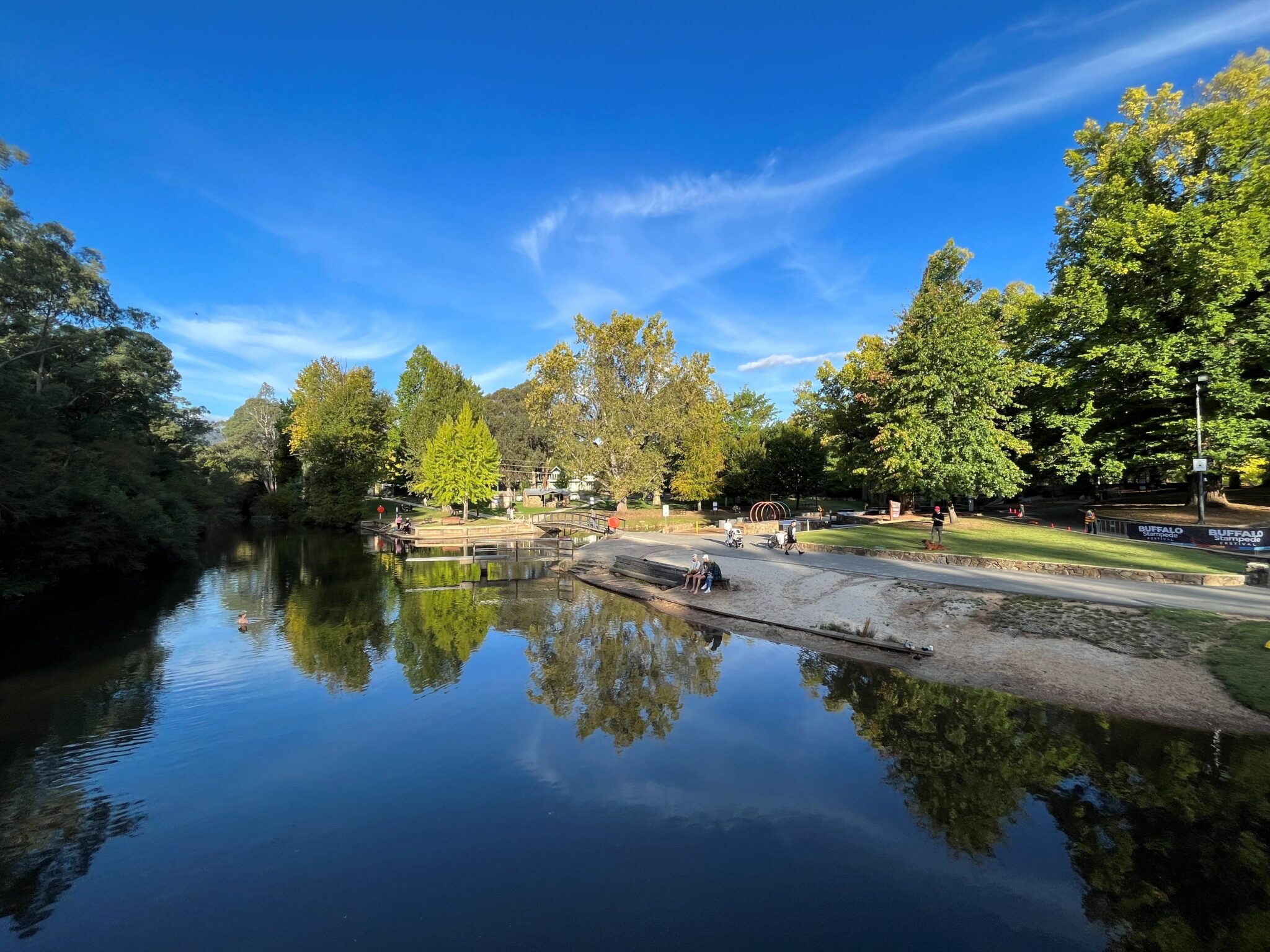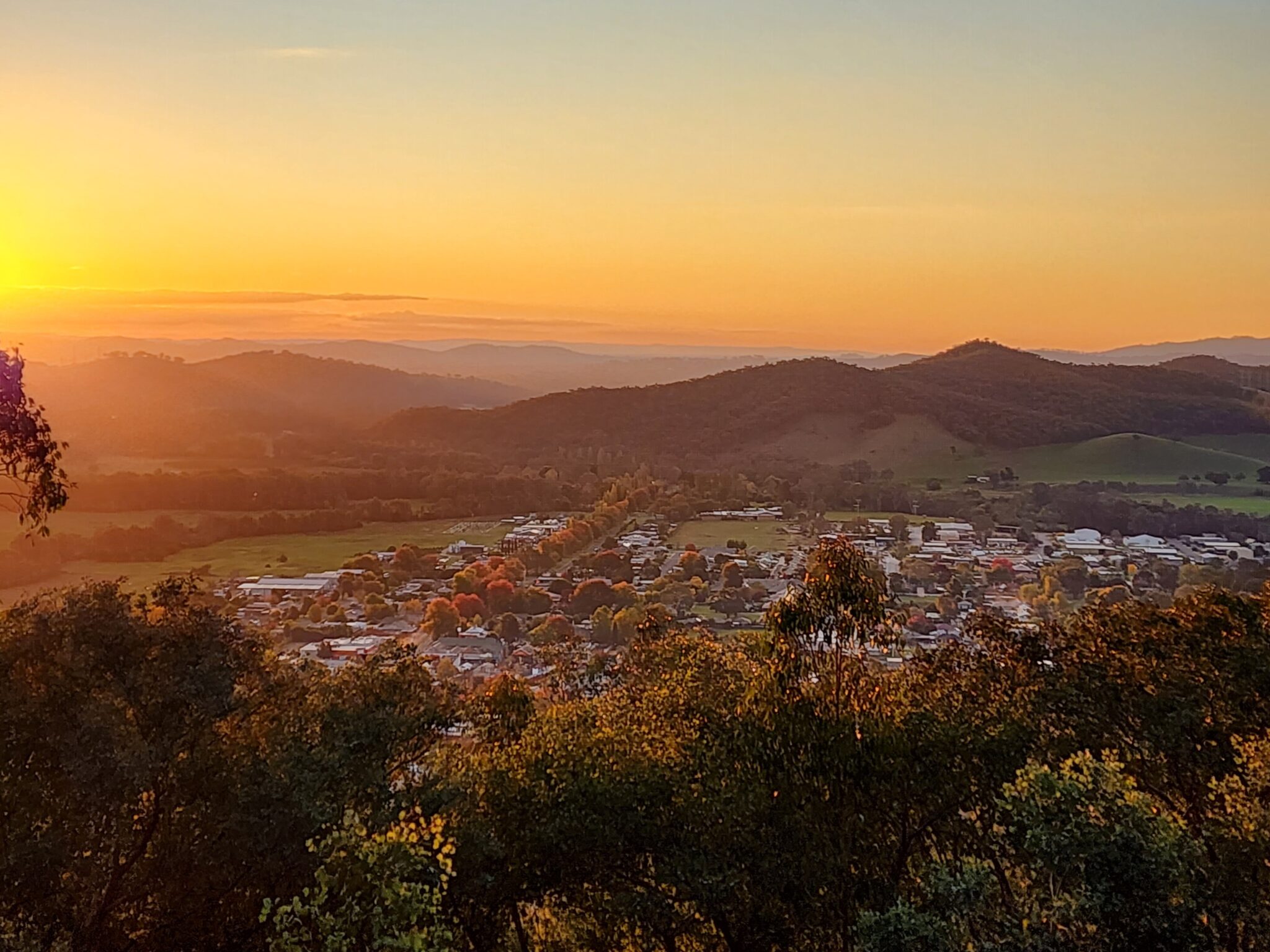A family mix up – The story of Gros Manseng
Due to the catastrophic smoke taint in our Alpine Valleys vineyards in 2020 and our call for a ‘no harvest’ we went a little further afield to find fruit to harvest for our Billy Button vintage that year. In doing so we added a further four grape varieties not handled before at Billy Button. Jo received a call from winemaker Lillian Carter of Symphonia Vineyard near Myrrhee in the King Valley. Lilian knew we were in deep trouble and offered a small parcel of Symphonia’s ‘Petit Manseng’ to help us out. Jo readily accepted the offer as she had seen some lovely examples of ‘Petit Manseng’ each year, at the Australian Alternate Varieties Wineshow from some of the 20 or so producers in Australia, including our Alpine Valleys friends at Ringer Reef!
It’s such an interesting variety to work with. Very early budburst but extremely late harvest date due to very high natural acidity and slow sugar accumulation. It has very thick skins giving it excellent disease resistance.
Originally only meant to be making a special guest appearance in the Billy Button varietal range, it was decided that this parcel of Gros Manseng was a keeper!
Manseng DNA testing
The Billy Button winemaking team received the Symphonia fruit on 2nd April and the juice in ferment looked very promising early on. Fast forward to the morning of May 6. The team received an email from Wine Australia informing the industry that a decades old mix-up had occurred. In good faith the CSIRO in 1979 had imported what it thought was Petit Manseng but DNA had revealed that all the vine material imported was in fact Gros Manseng, which translates to large Manseng (petit being small). The doubts actually started when a French ampelographer examined the mother vines in Monash, South Australia, and thought they looked more like Gros Manseng. That started the process of vine material being sent back to France for DNA testing. An ampelographer by the way, is a botanist who can identify vine varieties by the shape and colour of vine leaves and berries. DNA technology has revolutionised this field.
So Billy Button now had Gros Manseng in the winery. Jo had heard of it, but that was about it. One thing was certain however, the quality of Gros Manseng in Australia was proven and our 2020 Billy Button was looking terrific. We’ve done some research for you so you can get to know a little bit more about the Manseng family. Both Petit and Gros Manseng hail from the beautiful foothills of the Pyrenees in the far South West of France near the Spanish border, in the French Basque country. Even in France the Mansengs are very little known. Petit Manseng is usually made into sought after, super sweet late picked wines, while Gros Manseng is more often made into powerful dry white wines known for lovely citrus, apricot and spice. They are found across the border in Spain’s Basque country too. In 2008 only 11 hectares of Gros Manseng were in the ground where it is known as Iskiriota Zuri Handia. The French Basque immigrants to Uruguay took both Mansengs with them, along with their precious tannic red, Tannat. Both Mansengs are still made in Uruguay today.
What is Manseng?
The earliest mention of ‘Manseng’ was recorded in 1562 in South West France in the Occitan language. A distinction between Petit and Gros Manseng wasn’t recorded until 1783. “Gros Manseng, white… golden colour, good taste although spicy. Petit Manseng, white… the taste is spicier than any others”. Recent DNA work shows that Gros Manseng is a progeny of Petit Manseng and can be illustrated as below.

Figure 1- Wine Grapes by Jancis Robinson, Julia Harding and Jose Vouillamoz 2012
Our 2021 Manseng (we’ve just called it ‘Mixed Up Manseng’) is now available. It shows typical high acidity, citrus characters and florals of the Manseng family and will mature gracefully over many years.
Campbell Mattinson, for The Wine Front, reviewed the 2020 vintage, awarding 93 points and saying:
“Terrific intensity. Wow. It tastes of talc, citrus, orange rind and steel through it’s generally blossomy and inviting. But that burst of flavour, it’s really something. Head turner.”




